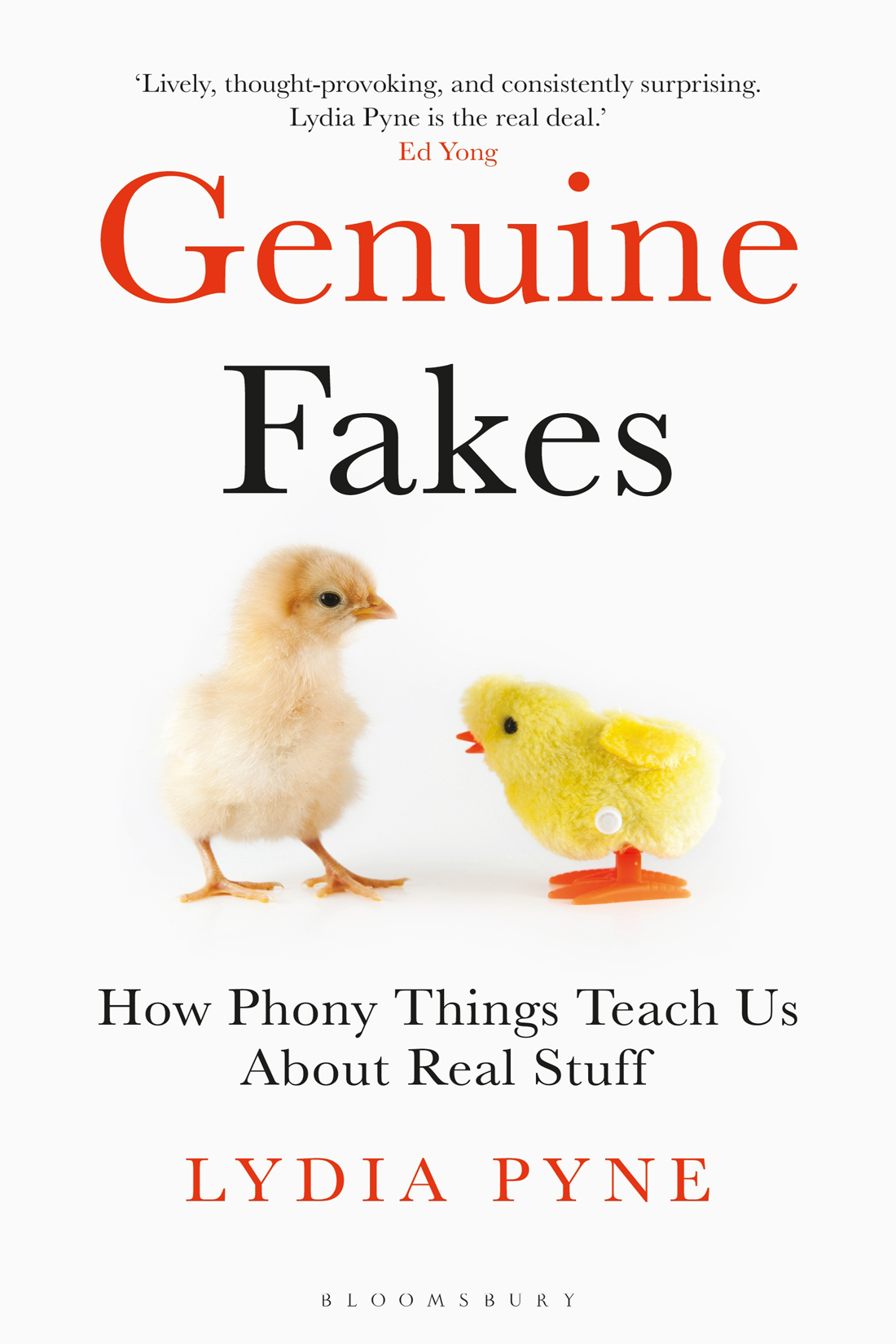
Genuine Fakes
How Phony Things Teach Us About Real Stuff
کتاب های مرتبط
- اطلاعات
- نقد و بررسی
- دیدگاه کاربران
نقد و بررسی

July 1, 2019
Historian Pyne (Seven Skeletons) offers a thoughtful examination of what it is to be fake, using case studies ranging from instances of outright deception to clearly labeled recreations, with plenty of gray area in between. In the process, she raises a host of provocative questions, not least of which is this: can a replica be good or authentic, or can it even “stand in for the genuine thing?” For example, Pyne notes that many modern artificial food flavors are chemically and structurally identical to their natural equivalents. Elsewhere, she demonstrates the utility of fakes by pointing to the painstaking recreation of France’s Chauvet Cave, in which Paleolithic paintings were found, in order to preserve the actual site as it was. Pyne doesn’t neglect instances of outright deception, such as by prolific 18th-century Shakespearean forger William Henry Ireland, who made his fake documents, letters, and plays more convincing by spelling Shakespeare’s name inconsistently, just as the Bard did himself. Thanks to this and plenty of other odd and intriguing facts—such as that synthetic banana flavoring was codified in the late 19th century and thus mimics a now-extinct variety of the fruit—Pyne’s well-written survey illuminates the ramifications of various types of fakery, even while showing how murky the concept of what is fake can get.

September 1, 2019
An intriguing exploration of "frauds, forgeries, and fakes." Because of recent "worries about 'fake news' and 'alternative facts, ' the question of authenticity has taken on particular urgency," writes historian Pyne (Seven Skeletons: The Evolution of the World's Most Famous Human Fossils, 2016, etc.). She offers examples "where a 'real' object ends and where a 'fake' (or less than real) object begins," drawing from a variety of disciplines including art, literature, mineralogy, natural history, archaeology, and wildlife documentaries. In the late 19th century, the "Spanish Forger" plied his--or her; the forger's identity was never known--trade in the art world, becoming "one of the most skillful, and successful, and prolific forgers of all time." Many museums had his Renaissance replicas--some 350 of them--until the ruse was uncovered years later. In the late 18th century, William Henry Ireland began forging all things Shakespeare--autographs, wills, even whole plays--using period ink and paper. The collectable fakes eventually became "more genuine for having been fake in the first place." In the chapter titled "The Truth About the Lying Stones," Pyne recounts how an expert was duped by three young men's forged fossils. The scholar went to court in 1726 in hopes of "saving his honour." Man's creation of diamonds began in the late 18th century and reached its zenith in the 1950s when De Beers began making and selling synthetic diamonds. In the mid-20th century, companies actively created new, fake flavors as they drove "consumers' expectations about what food ought to taste like." Pyne ponders the "delicate tango of blending art and artifice into the world of storytelling in wildlife films." Particularly fascinating is France's costly replica of the famous Palaeolithic Chauvet Cave; the real one is closed to the public. Pyne also scrutinizes blue whale skeletons, a Mayan Codex, and artist Bansky's paleo-inspired artifact, with "fake provenance and falsified index number," surreptitiously installed in the British Museum, which went undiscovered for days. Genuine history smartly explored.
COPYRIGHT(2019) Kirkus Reviews, ALL RIGHTS RESERVED.

























دیدگاه کاربران